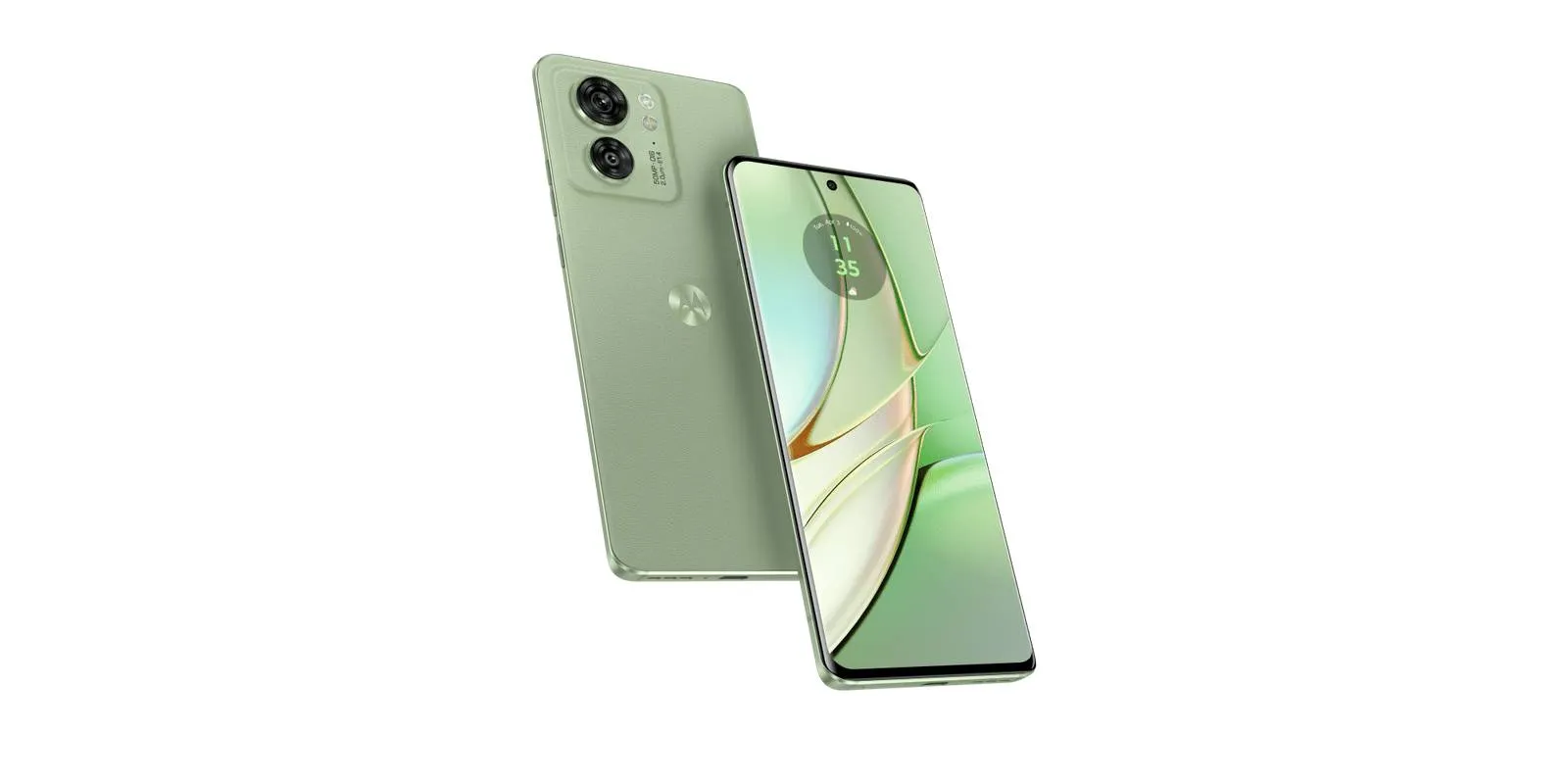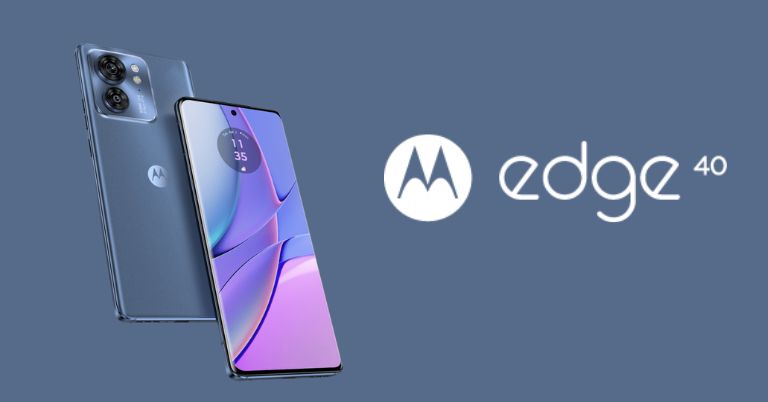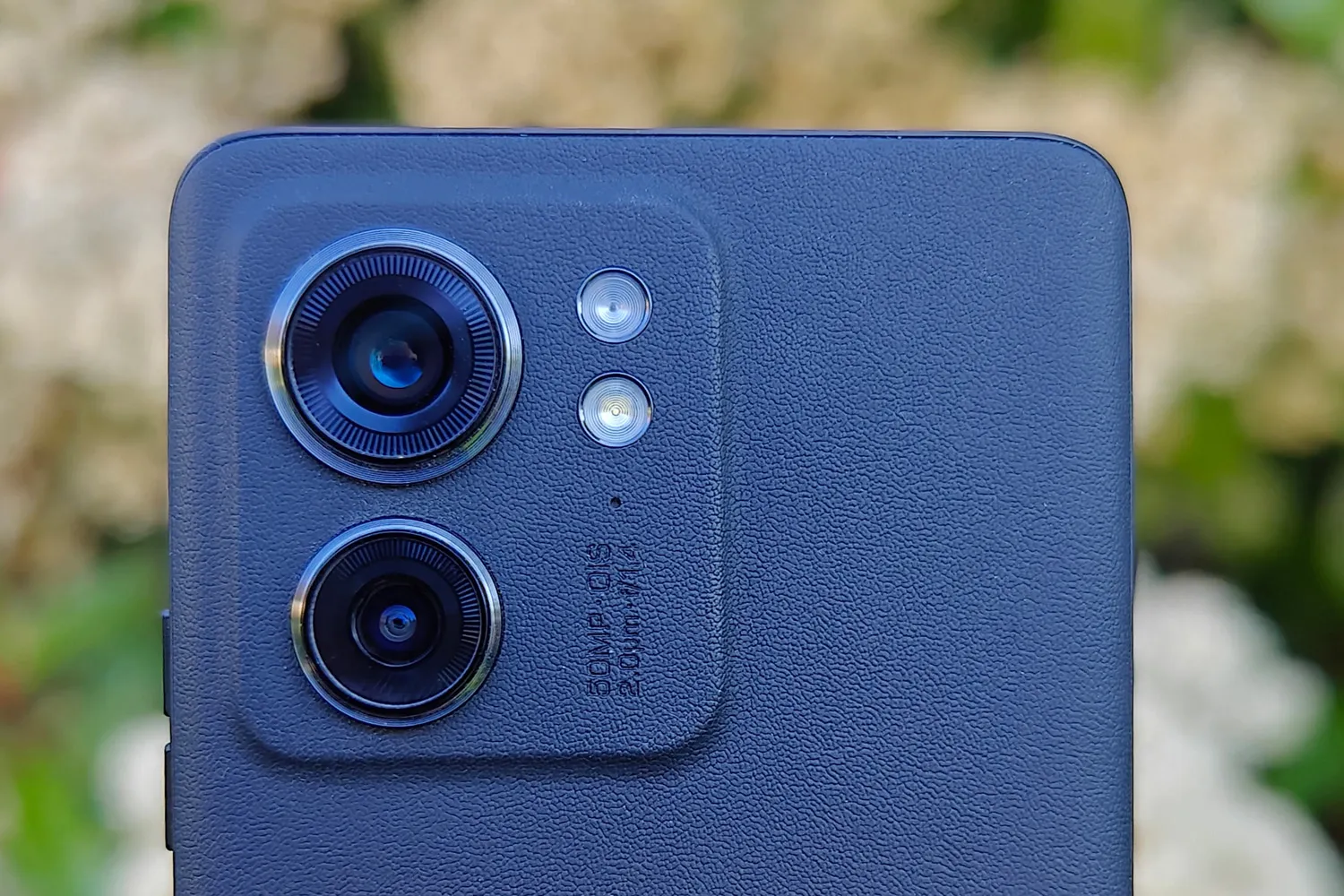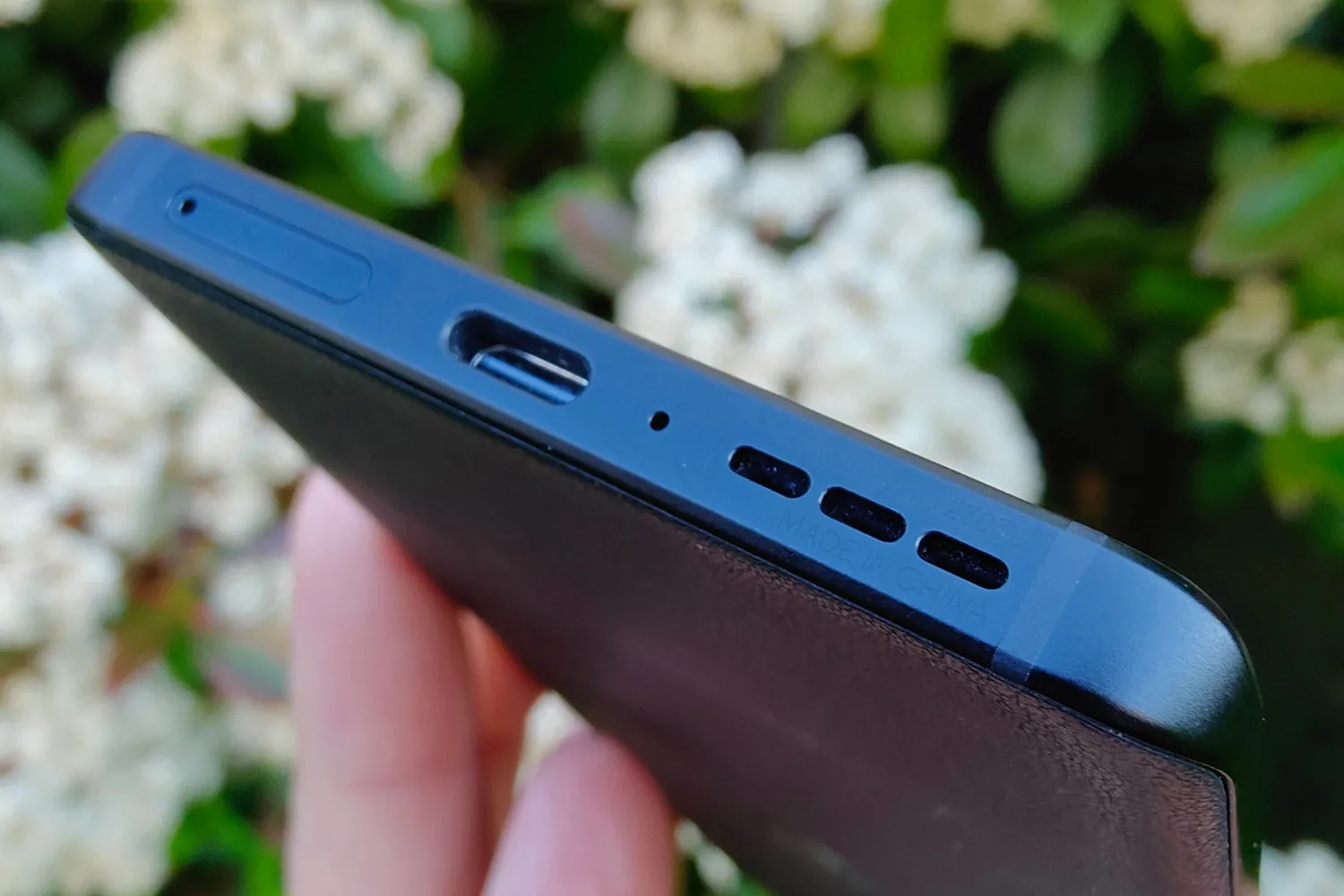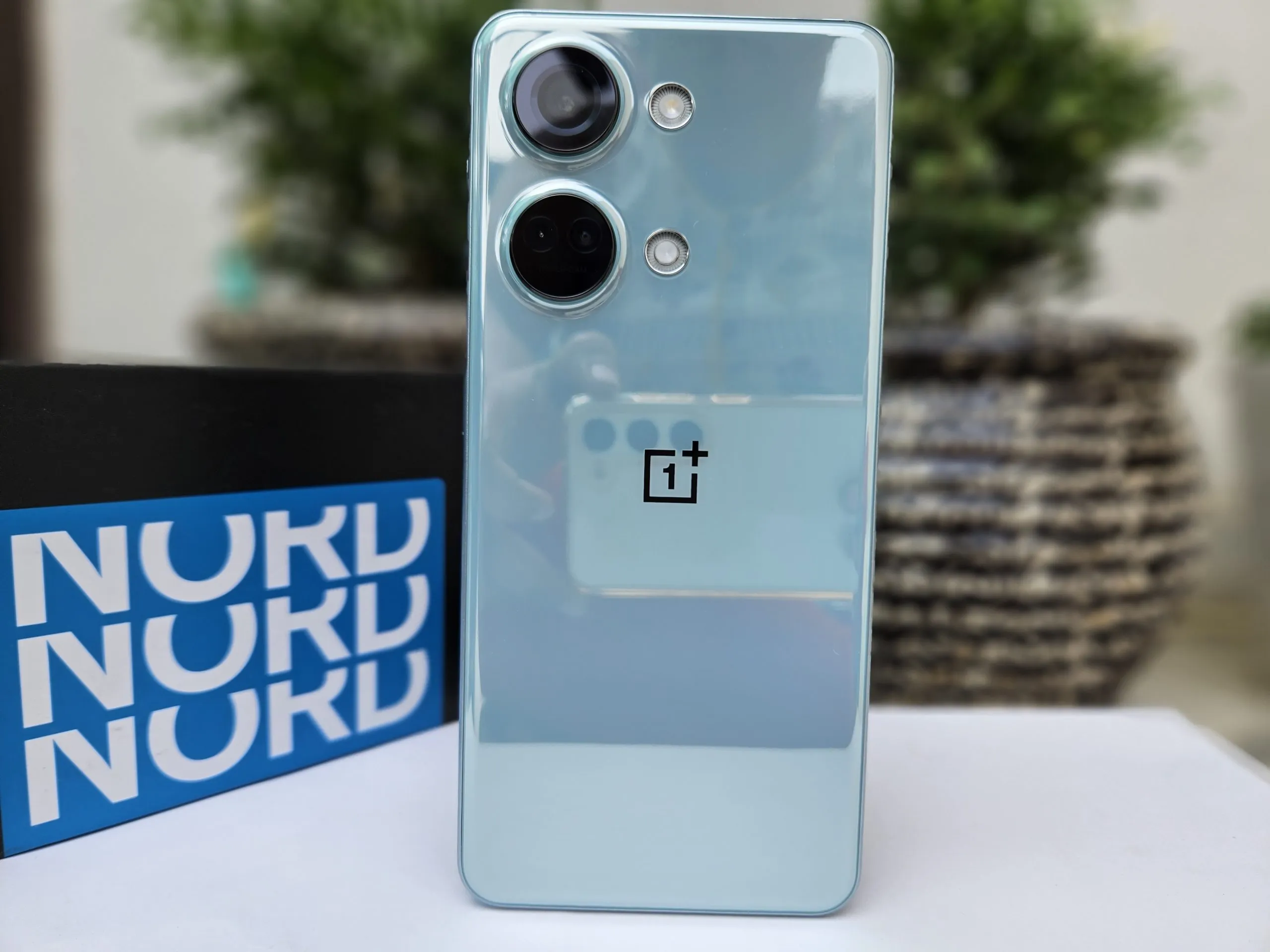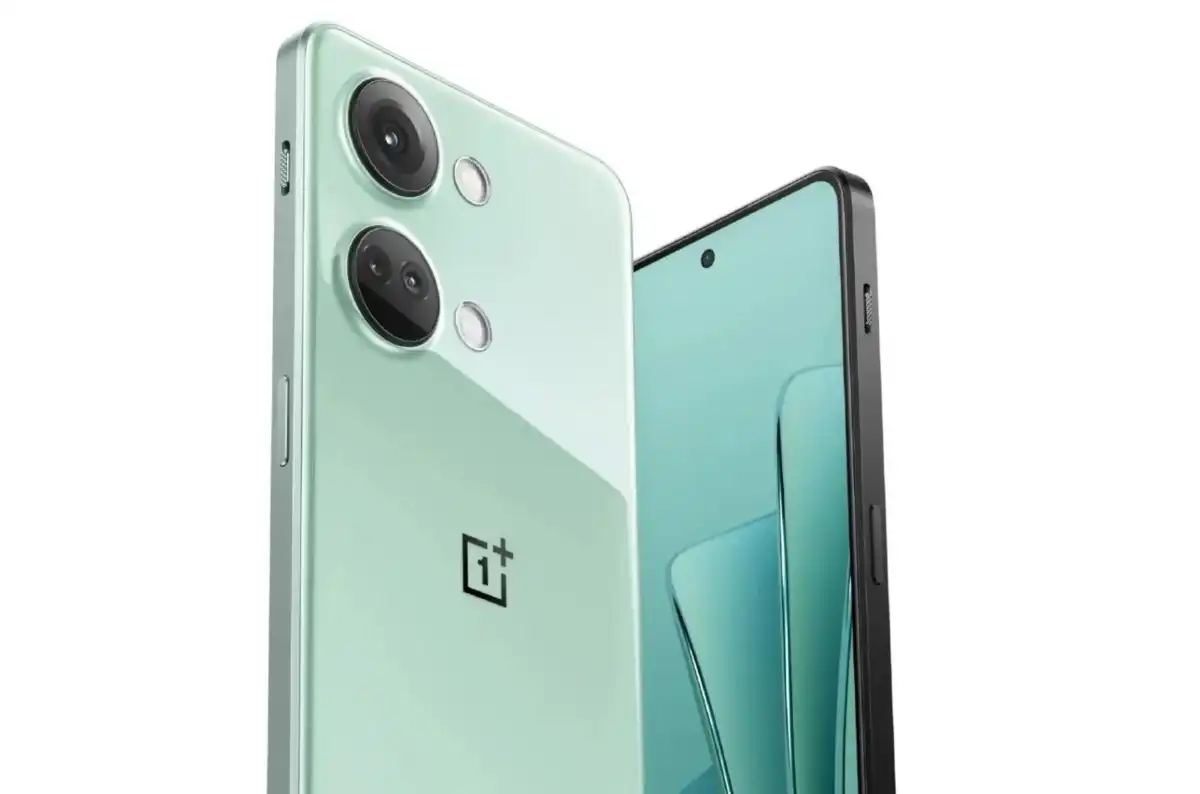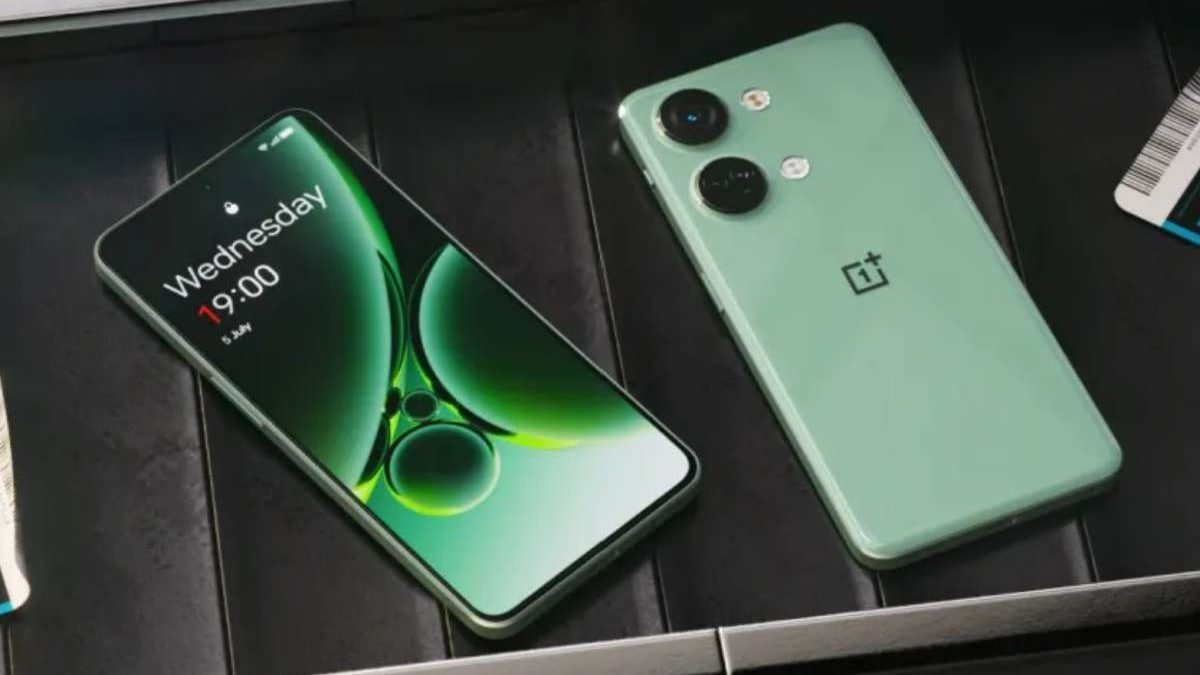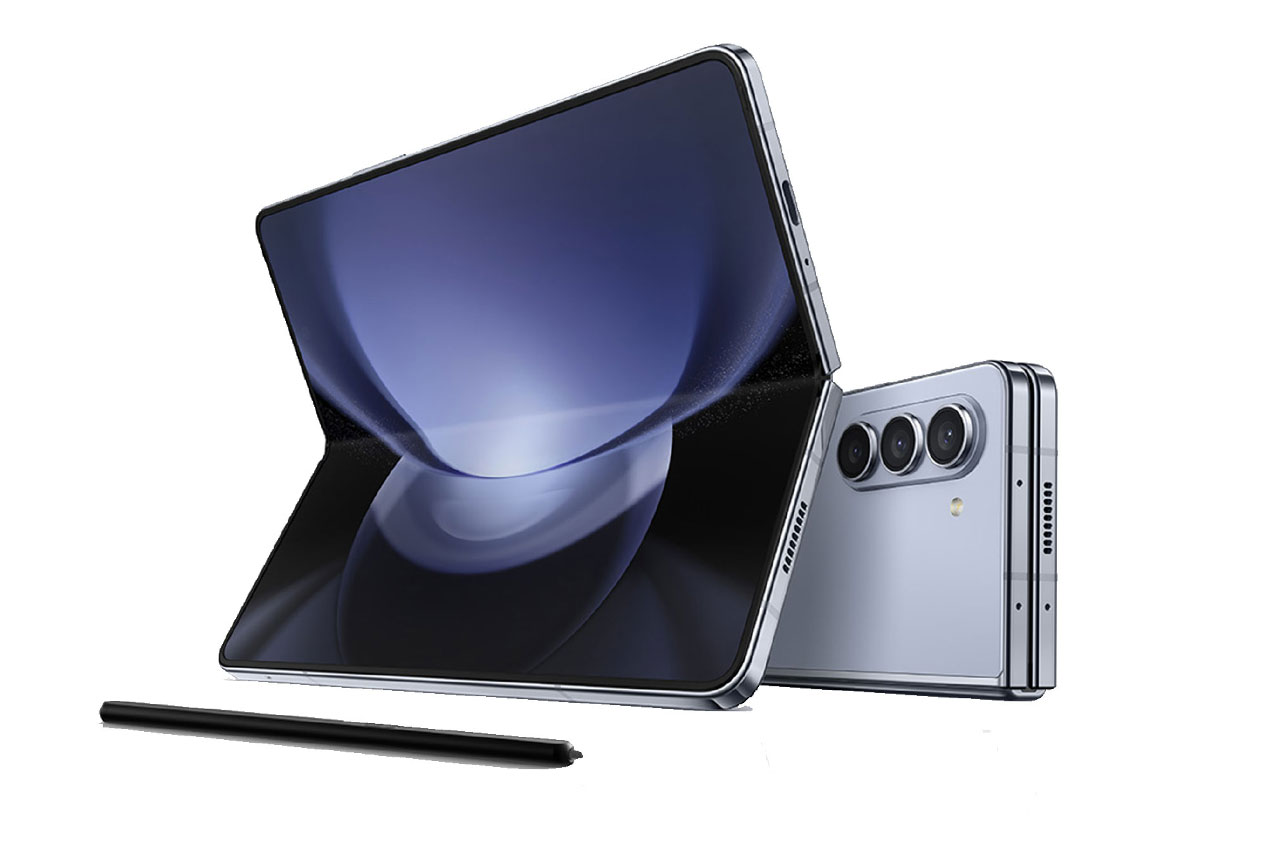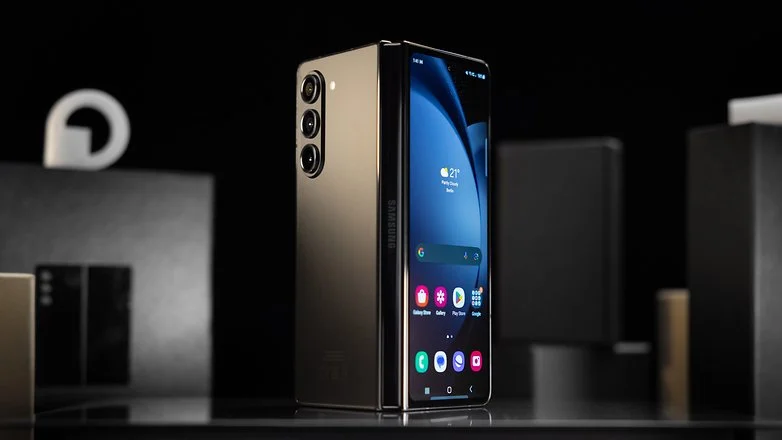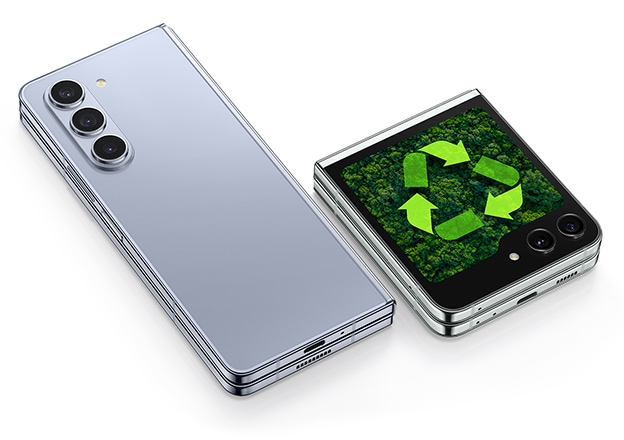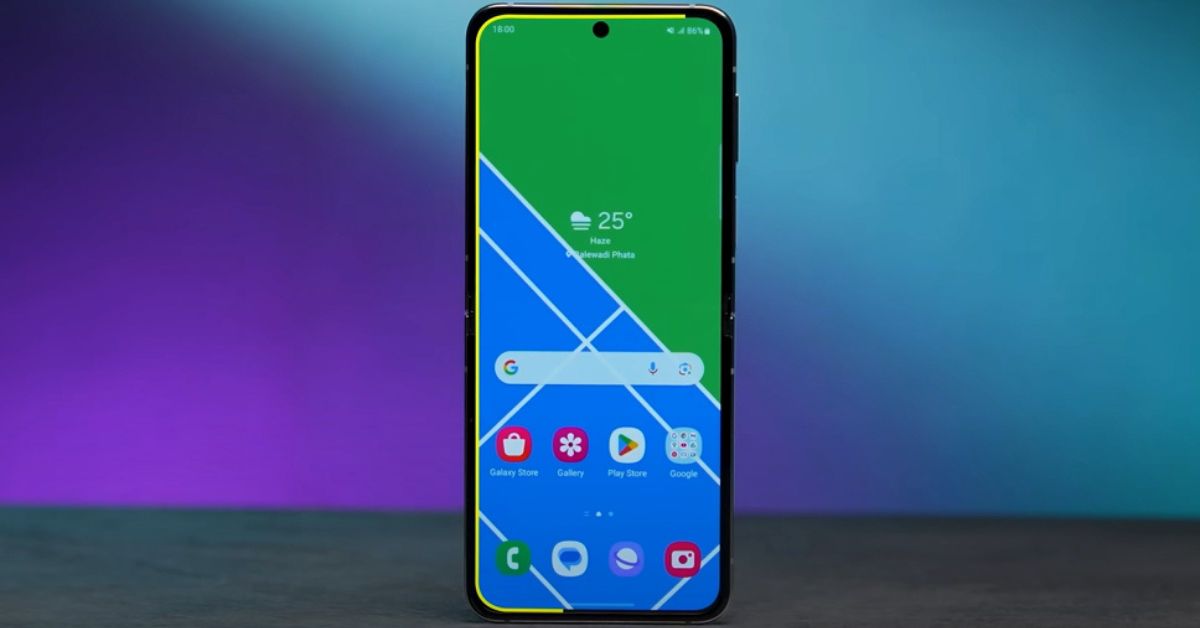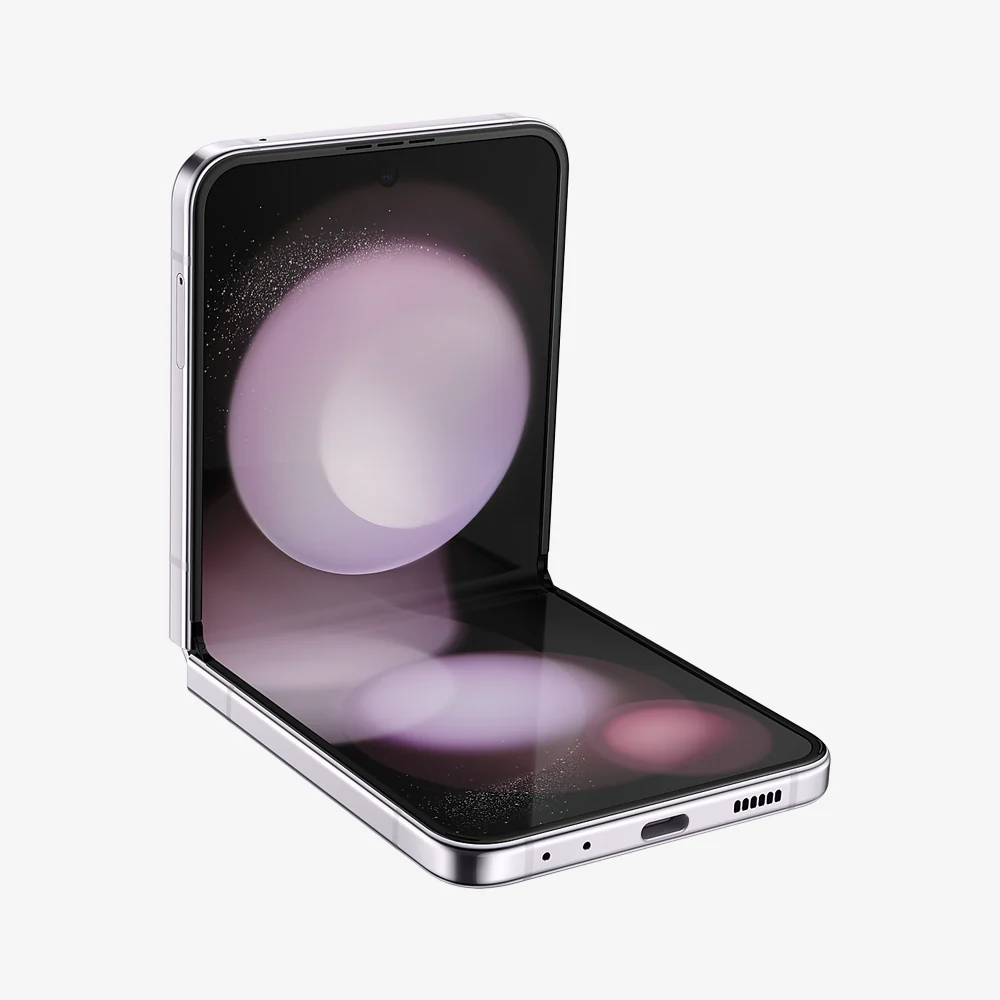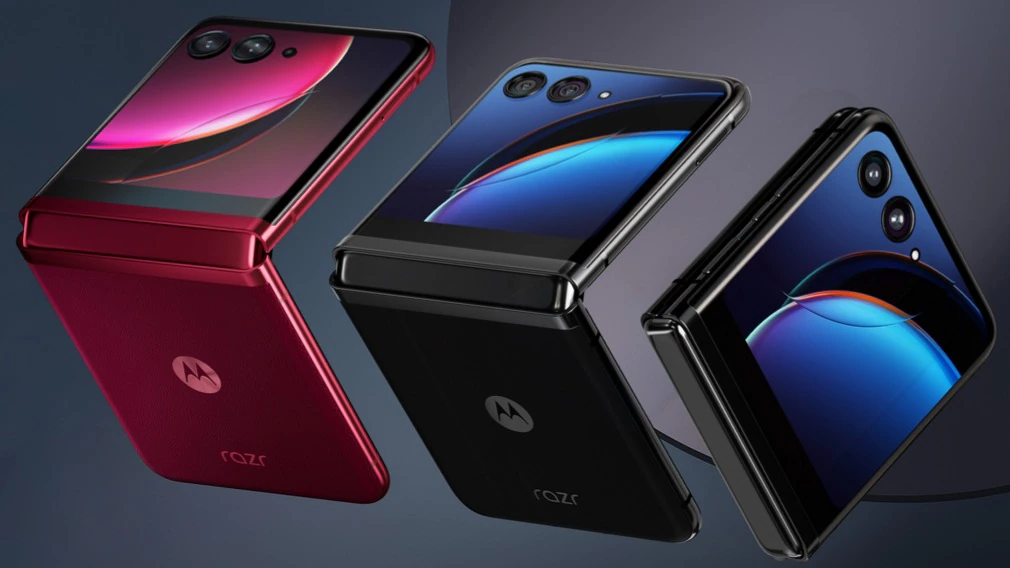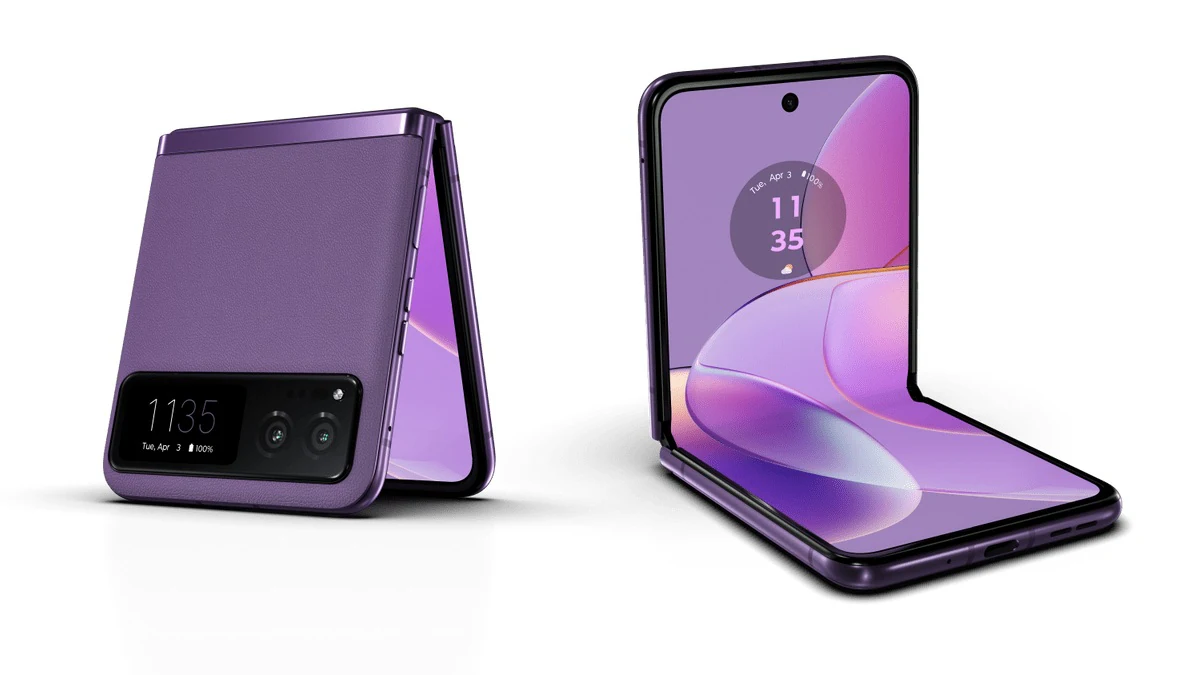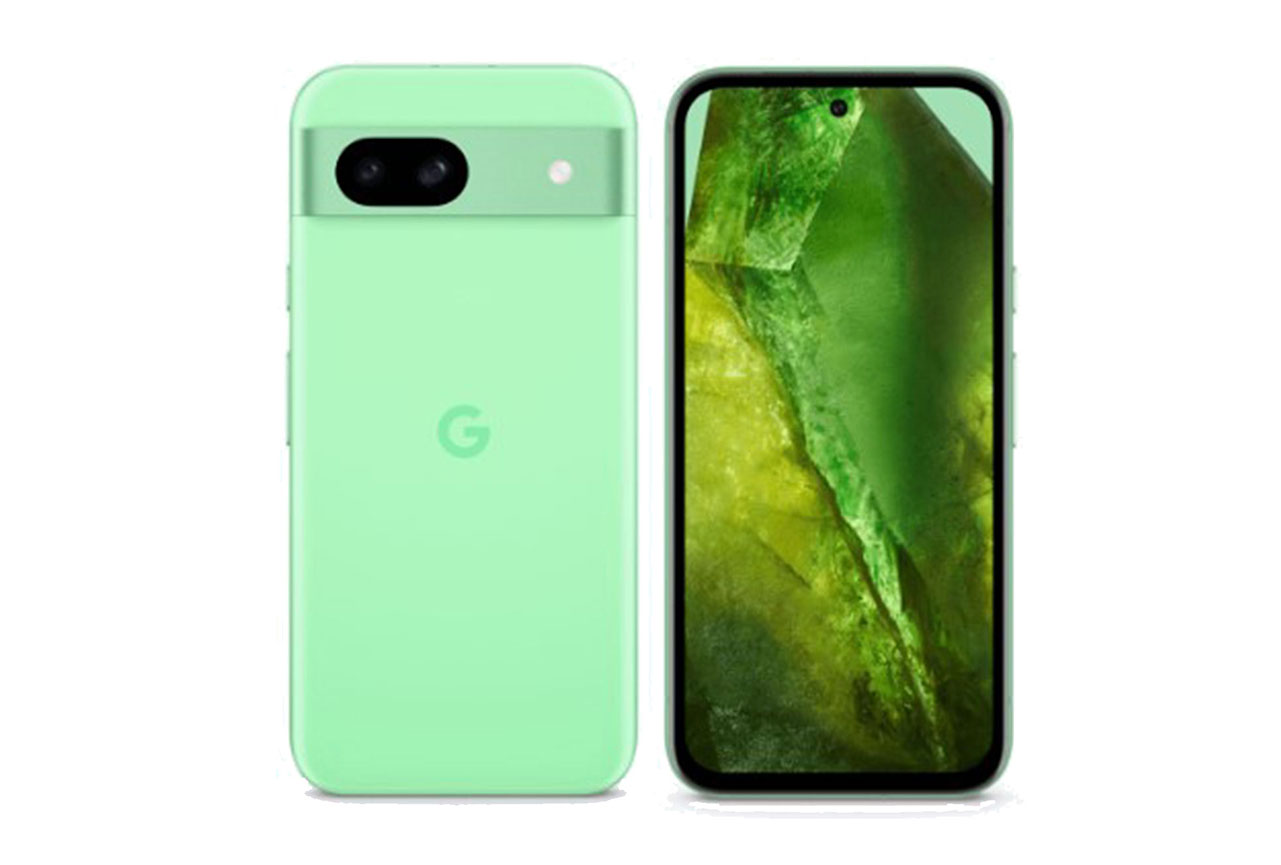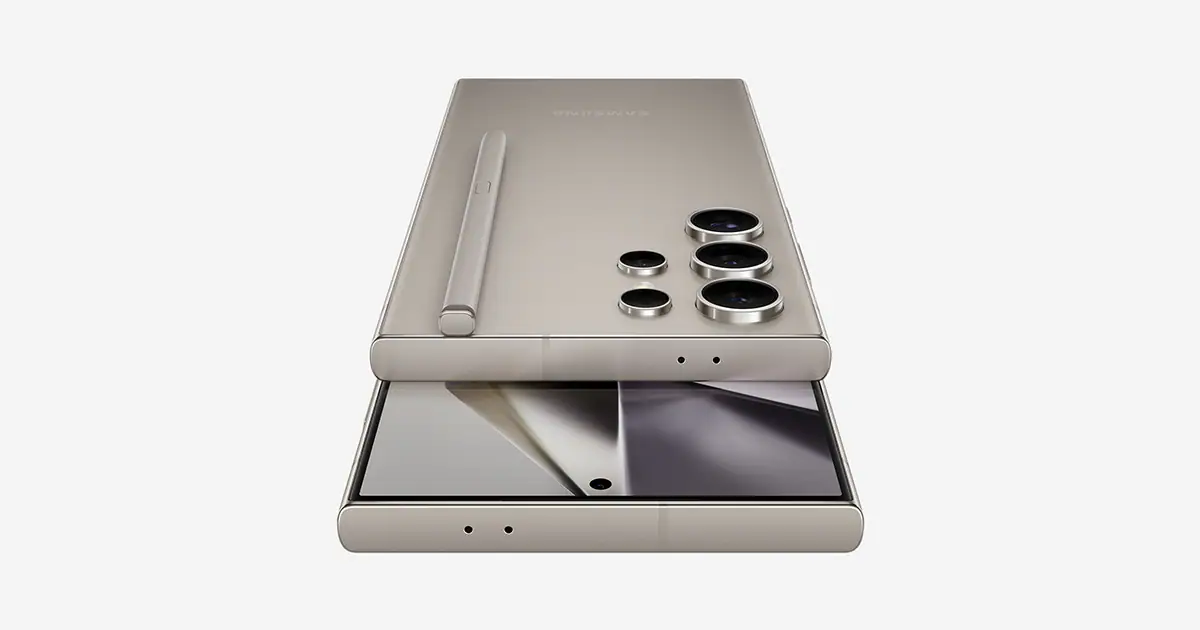Welcome to the Tech Frontier of 2024—a year bursting with cutting-edge tech gadgets. From smart devices that seem to read your mind to innovative tools that streamline your work life, the choices are endless. How do you sift through the tech jungle and find what truly fits your needs? Let’s dive into the essentials to choose the right tech gadgets this year.
Know What You Need
First thing’s first: understand what you’re after. Are you a gadget geek craving the latest and greatest? Maybe you’re an early bird who wants to be first in line for the newest trends. Or perhaps you’re a business professional hunting for tools to boost efficiency. Whatever your category, identifying your priorities will simplify your search.
Tech enthusiasts often look for the wow factor. If you’re this type, ask yourself: What makes my tech heart race? Is it a sleek design, top-notch performance, or cutting-edge features?
Early adopters, on the other hand, are all about staying ahead of the curve. They seek gadgets that promise to revolutionize daily life. If that’s you, look for technologies that push boundaries and offer something fresh.
Business users need tools that enhance productivity. What gadgets will make your workflow smoother? Focus on those that align with your goals and deliver a solid return on investment.
Innovations Making Waves
2024 is a playground of exciting tech. Here’s a quick rundown of what’s hot:
Smartphones
Foldable screens are stealing the spotlight. These devices offer a compact form with the benefit of a larger display. Battery life is also better than ever, keeping you charged throughout the day.
Smart Home Tech
Voice assistants are getting smarter and more integrated. Imagine controlling your home with just your voice. From managing security to adjusting the thermostat, these gadgets are all about convenience.
Related Post: Benefits of Smart Home Gadgets in 2024: Convenience and Security
Wearables
Smartwatches now come with more features. They monitor health, handle payments, and sync with other devices. These upgrades make wearables more useful than ever before.
Business Tools
AI-driven gadgets are transforming the workplace. They offer predictive analytics and automation, making your operations more efficient and effective.
What to Look For
When choosing a gadget, consider these factors:
Performance
This is non-negotiable. Make sure the device meets your needs in speed and efficiency. A powerful processor or high-performance specs can make a big difference.
Design
A gadget should be easy to use and visually appealing. It should also be built to last. A sleek design coupled with solid build quality makes for a better user experience.
Compatibility
Ensure that new gadgets work well with your existing setup. Compatibility issues can be a real headache, so choose devices that integrate seamlessly with what you already own.
Pricing
Balance features with cost. Tech enthusiasts might be willing to splurge on the latest innovations. But for business users, cost-effectiveness and return on investment should guide your decision.
Making the Right Choice
To avoid decision paralysis, start by listing what you want in a gadget. Research products that meet these criteria. Dive into reviews and testimonials for real-world insights. They can reveal a lot about performance and reliability.
If possible, visit stores to test devices. Feel the weight of a laptop or the responsiveness of a smartphone in your hands. It’s worth checking out how customer support and warranties stack up. They can be lifesavers if something goes wrong.
Patience pays off. New models come out all the time. Make sure you’re not rushing into a purchase just to get the latest thing. Find a balance between immediate wants and long-term satisfaction.
Real-World Success Stories
Let’s look at some examples where the right gadgets made a big difference:
Jane Doe’s Story
Jane, a freelance graphic designer, upgraded to a tablet with a stylus. This tool allowed her to sketch ideas anytime, anywhere. The result? Increased productivity and happier clients. Sometimes, the right gadget can really up your game.
TechCorp’s Transformation
TechCorp, a small business, adopted AI-powered customer service bots. This move cut down response times and boosted customer satisfaction. They saw higher sales and improved brand loyalty. It’s proof that technology can drive business success.
These stories show how thoughtful gadget choices can lead to significant improvements. Whether it’s for personal use or business, the right technology can make a real impact.
Future Tech Trends
What’s next on the tech horizon? Here are a few trends to keep an eye on:
Internet of Things (IoT)
IoT is growing fast. Expect more devices to connect and create smart ecosystems. This can mean more automation and efficiency for both homes and businesses.
Augmented Reality (AR)
AR is set to change how we interact with the world. From education to entertainment, AR could offer new ways to engage and learn.
Blockchain
Blockchain isn’t just for cryptocurrencies anymore. It’s gaining traction for secure data management and transactions. This could bring about more secure solutions across various industries.
Keeping up with these trends will help you stay ahead of the curve. Anticipate changes and position yourself to leverage new technologies effectively.
Conclusion
Choosing the right tech gadgets in 2024 requires a blend of understanding your needs, keeping up with innovations, and evaluating key factors like performance and design. By approaching the selection process with care, you can find gadgets that truly enhance your lifestyle or business.
Feel free to share your tech experiences with others. Engaging in conversations can provide new insights and recommendations. For those looking to dive deeper, plenty of resources are available online to help you make informed choices. Remember, choose the right tech gadgets boost your efficiency and keep you at the forefront of the digital age.



